HENSEL Industrial Automation
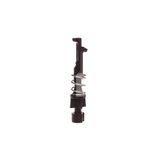

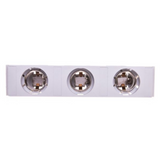
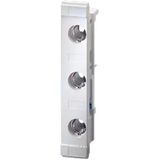
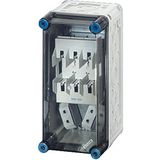
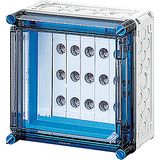

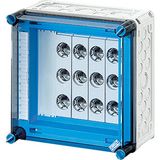
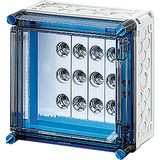

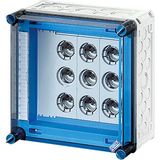

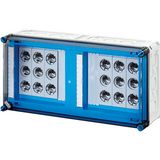

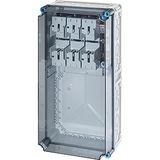
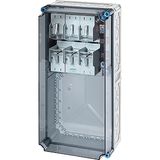


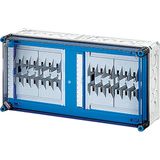

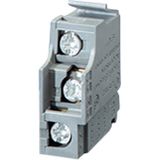
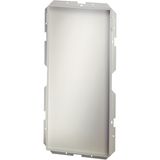



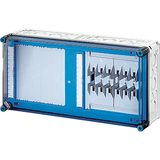

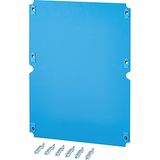
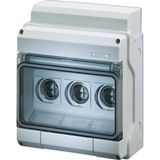

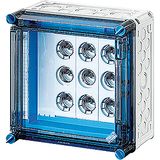


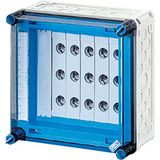


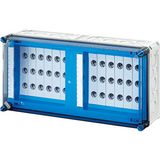

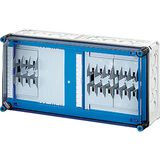
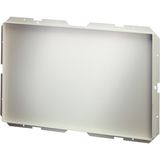


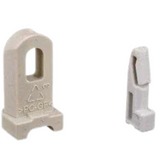

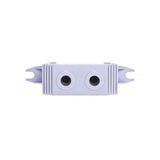


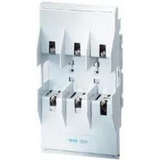

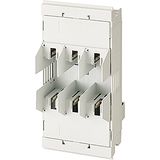

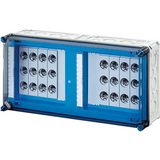

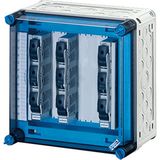




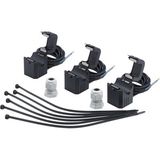
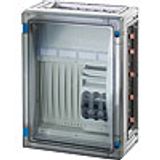
-
-
1
- 2
-
Gustav Hensel Automatics & Control Systems – The Backbone of Your Automation
When you’re specifying switching devices, automation modules or control system components for panels, machines or infrastructure, you’re not just picking hardware — you’re defining how reliably a system will operate, how serviceable it will be, and how easily it integrates with future upgrades. Gustav Hensel automatics and control modules offer that level of reliability: control systems, switching devices, automation modules designed for industrial environments. In real-world setups you’ll find them in machine bases, switch cabinets, infrastructure nodes and industrial networking systems where control and monitoring matter.
What “Automation Modules & Switching Devices” Actually Encompass
From experience, the category covers a range of critical elements:
- Control modules for automation—timers, logic relays, interface modules, I/O expansion units. These modules allow you to build machine or infrastructure logic without bespoke PLC programming.
- Switching devices—motor-starters, contactors, protective relays, networked switching or remote-control capable units. Reliable switching devices mean fewer unplanned downtime events.
- Control system integration components—interfaces, monitoring modules, gateway units that let your automation system link to BMS or SCADA. Gustav Hensel’s product range emphasises enclosures and systems for automation components.
For a procurement manager this means you’re buying not just “another part” but the element that bridges the electrical distribution layer to the logic/automation layer.
Key Specification Areas and Practical Buying Logic
When evaluating Gustav Hensel automatics and control, these are the specs from experience you’ll want to check:
- Rated current & load type: Ensure contactors or switching devices match the motor load, inrush current, duty cycle required. Underspecing leads to overheating and early failures.
- Control voltage and interface type: Many modules accept 24 V DC, 230 V AC, network input—ensure they match your PLC/BMS standard.
- Communication and diagnostics: In modern installations you’ll want modules with diagnostic outputs, status signalling, maybe field bus or Ethernet capability. Gustav Hensel mentions “industrial enclosure/automation” usage.
- Protection and durability: Components should match environment rating of your enclosures (IP, thermal, vibration). Using a brand like Hensel means their modules are engineered to sit inside the enclosures they sell.
- Modularity and future-proofing: Pick modules that allow expansion—extra I/O, switching channels, networking. That way you avoid replacing the system when needs change.
By matching all these, you reduce retrofit risk, installation complexity and lifecycle cost.
Stocking and Procurement Strategy for Wholesale Orders
As a procurement manager organising large orders of automation/control hardware, here’s a practical logic you should adopt:
- Select core module families: Choose one standard logic-relay family plus one switching-device family. That covers most machines and cabinets.
- Standard interface voltage: If your installations mostly use 24 V control, ensure modules stock cover that. If there are a few 230 V control modules, stock a smaller quantity of those.
- Bundle modules + accessories: Switching device modules often require add-ons (auxiliary contacts, base plates, wiring adapters). Ordering bundled kits reduces parts missing in the field.
- Spare parts and replacement logic: Control modules fail or need upgrading—keep a spare pool (e.g., 10 % of module count) so you can respond without delay.
- Pack sizes aligned to project phases: For example boxes of 10 logic relays for initial rollout, smaller boxes for service stock. Avoid too many low-volume SKUs.
- Documentation and traceability: Ensure each module has data sheet, compatibility list, part number. Gustav Hensel’s materials emphasise this.
By following that procurement logic you’ll streamline supply chain, reduce mismatches on installation day, and support faster commissioning.
Why Gustav Hensel Automatics & Control Are a Smart Choice for Projects
Large-scale or multi-phase installations benefit when automation/control hardware is standardised, reliable and supported. With Gustav Hensel you gain a brand with long-term heritage (founded 1931, a product ecosystem that aligns with their distribution/enclosure hardware, and the manufacturing rigour typical of “Made in Germany”. For procurement: fewer brands to manage, fewer surprise variants, uniform maintenance logic. For installers: familiar modules across sites, consistent wiring and integration, fewer training et al. That coherence lowers total cost of ownership, reduces installation mistakes, and supports long-term service cycles.
Wholesale Supply Advantage – Bank of Lamps
Bank of Lamps distributes the full Gustav Hensel automatics and control product range — control modules, switching devices, automation interfaces and accessories — from our warehouse in Latvia. We supply across the UK, Germany, Netherlands, Baltic States, France, Spain and Belgium.
Our advantages for B2B buyers include:
- Flexible bulk quantities suited to project-size, from small racks of modules to full board-kits,
- Verified brand-authentic Gustav Hensel stock, not grey imports,
- One centralised EU logistics hub simplifying shipping, handling and cross-border compliance,
- Stable pricing for multi-phase contracts and framework orders,
- Full batch-traceability and documentation for compliance and service-life tracking,
- Dedicated B2B support for module selection, stock forecast, and logistic coordination.
By partnering with us, you’re not just buying control hardware — you’re establishing a supply-chain that supports your automation infrastructure at scale, reliably and efficiently.